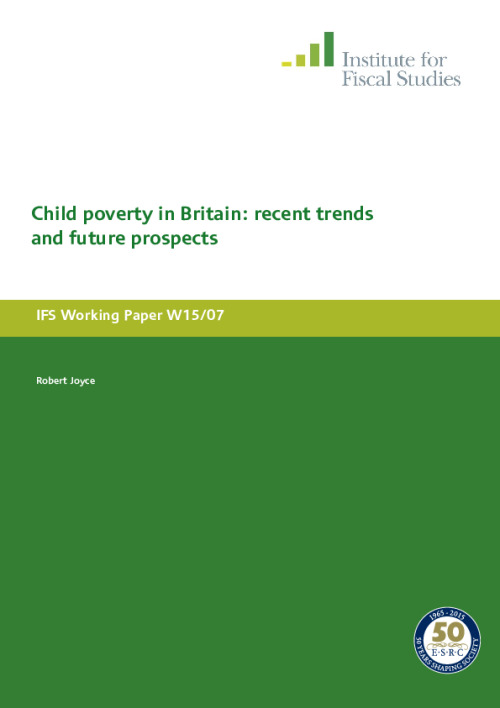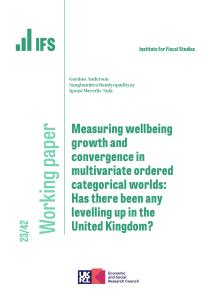This paper analyses the key trends in child poverty in Britain, with particular focus on changes since the late 1990s when the issue was promoted towards the top of the policy agenda. The position of low-income families with children in the income distribution improved considerably in the late 1990s and early 2000s, recovering much – though not all – of the ground that they had lost on the rest of the population during the 1980s. I show that these gains were heavily dependent on large amounts of additional government spending on cash transfers. Since the mid 2000s, the absolute living standards of poor families with children have stagnated or declined: further reductions in the headline relative income poverty measure since the recession were driven only by falling median income and by the failure of this measure to account for the higher inflation rates faced by poorer households over this period. Looking ahead, it is not clear what mechanisms could bring about the large additional reductions in child poverty that are in theory legally required under the Child Poverty Act, in light of the heavy reliance of past gains on cash transfers, the current fiscal climate, and the current government’s lack of a clear and effective child poverty strategy.
A version of this paper appeared in Spanish in the December 2014 issue of Panorama Social, available here.









